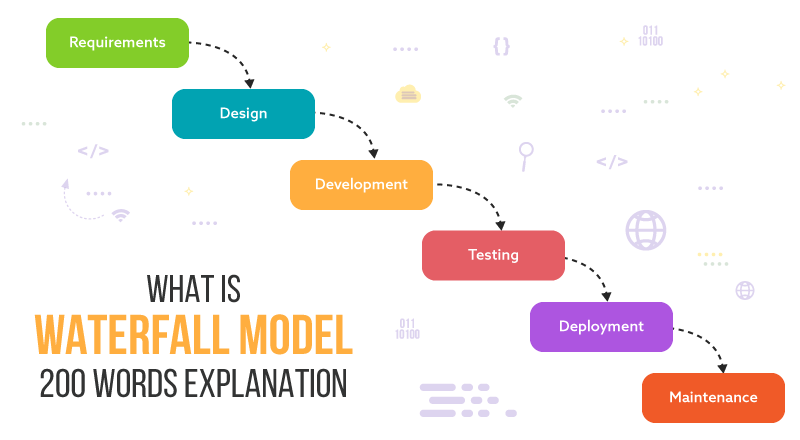

October 26, 2019
June 29th, 2023
The term “waterfall” was first introduced by Dr. Winston W. Royce in a paper published in 1970.
Waterfall model follows a linear, sequential approach and is popular in product development.
It is divided into different phases and has precisely defined goals at each stage.
Since the phases fall from edge to cliff in one direction like waterfall, it is named as the waterfall model.
The development of one phase starts only when the previous phase is completed & reviewed. The output of one phase is used as the input of the next phase.
However, changes are too costly and time-consuming, so this model provides a rigid structure to ensure efficiency.

Phases:
Advantages:
Limitations:
SPEC INDIA is your trusted partner for AI-driven software solutions, with proven expertise in digital transformation and innovative technology services. We deliver secure, reliable, and high-quality IT solutions to clients worldwide. As an ISO/IEC 27001:2022 certified company, we follow the highest standards for data security and quality. Our team applies proven project management methods, flexible engagement models, and modern infrastructure to deliver outstanding results. With skilled professionals and years of experience, we turn ideas into impactful solutions that drive business growth.
SPEC House, Parth Complex, Near Swastik Cross Roads, Navarangpura, Ahmedabad 380009, INDIA.
This website uses cookies to ensure you get the best experience on our website. Read Spec India’s Privacy Policy